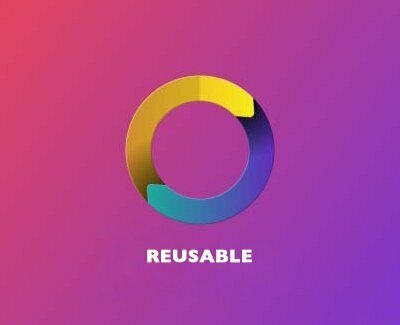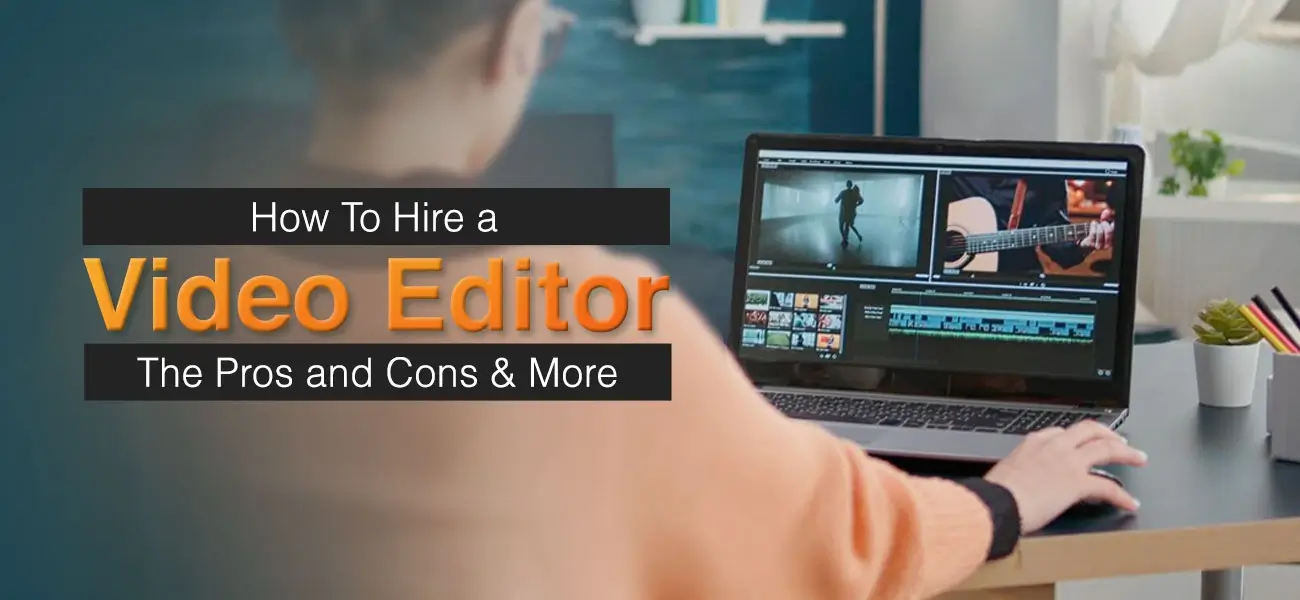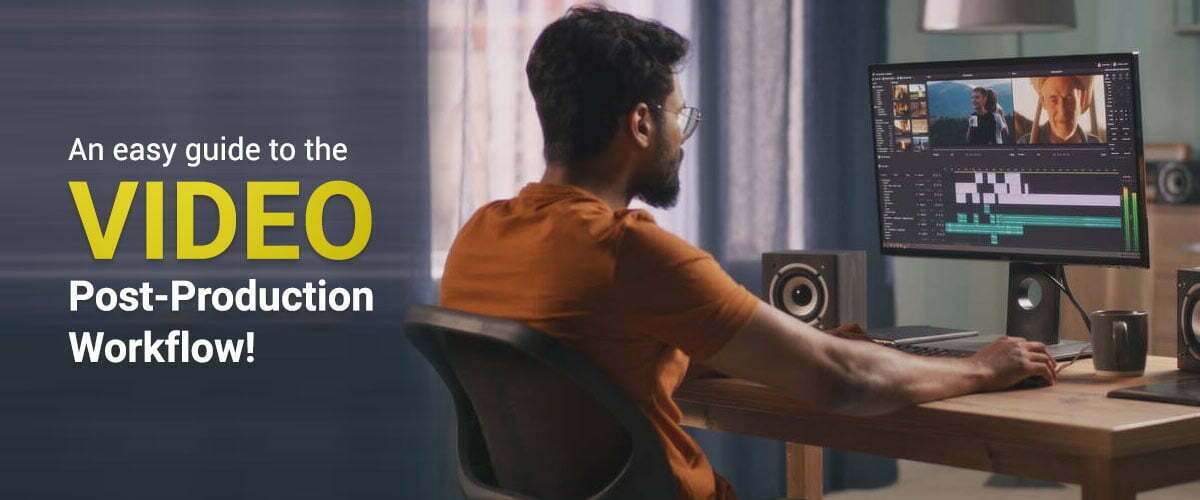Revisable portfolios
Your portfolio is your ultimate tool to showcase your creations to the world and to bag opportunities for paid gigs. However, it is quite unfortunate to note that most illustrators fail to develop an exceptional illustration portfolio that can impress their target audience. If you are an illustrator, you should note that you should create an attractive portfolio to create the first best impression. If you are a beginner in this field, you should make sure that you create a perfect illustration portfolio that would perfectly reflect your skills. Here’s what you should take into account while creating an illustration portfolio that would inspire others:
The Dos
Edit your works carefully to customize them as per situation. Think what message you want your portfolio to convey. This way, you can categorize your work depending on the type of client, project, or company. What you should note is that your best work may not be relevant for your prospective employer.
Display works that you want to handle professionally.
Make sure that you include only professional works of art in your portfolio. Don’t mix your hobbies with project outcomes that you have created professionally. Your prospective employer should understand that you have strong skills in your area of specialization.
Provide the context.
Do mention the purpose of the project, the resources that you used, and the timeline within which you were able to complete your project. With this information, your reviewer would be able to know if you were really able to meet the project objectives.
Present your work professionally to create a positive impact on the audience.
Think how you can present your project beautifully. If you think that printed collateral would represent your works in the best possible manner, you may consider investing in quality photography. On the other hand, if you think that online portfolio is the best way to showcase your work, you may consider including your works in your own website.
The UI design of your portfolio site is important.
Make sure that the UI of your portfolio site supports easy navigation and accessibility. Your portfolio site’s UI should be functional and it should support easy accessibility and smooth browsing experience.
Five Don’ts
- Don’t showcase your entire work history. Your prospective employer wants to see your recent works only.
- Don’t provide details of your personal projects or hobbies. This would make the reviewer think that you are an amateur.
- Don’t just use your illustrations. Use text to explain your art.
- Don’t use similar formats to represent different projects. Treat every project differently and portray different project details with uniqueness.
- Don’t create a portfolio with a complicated design. Your portfolio should be simplistic yet appealing and it should allow for easy accessibility.
If you are able to put into practice these guidelines, you would be able to create an excellent illustration portfolio that would help you get your dream job in a reputed company. Many illustration companies or professional illustration service providers look into these basic principles while hiring talents.




